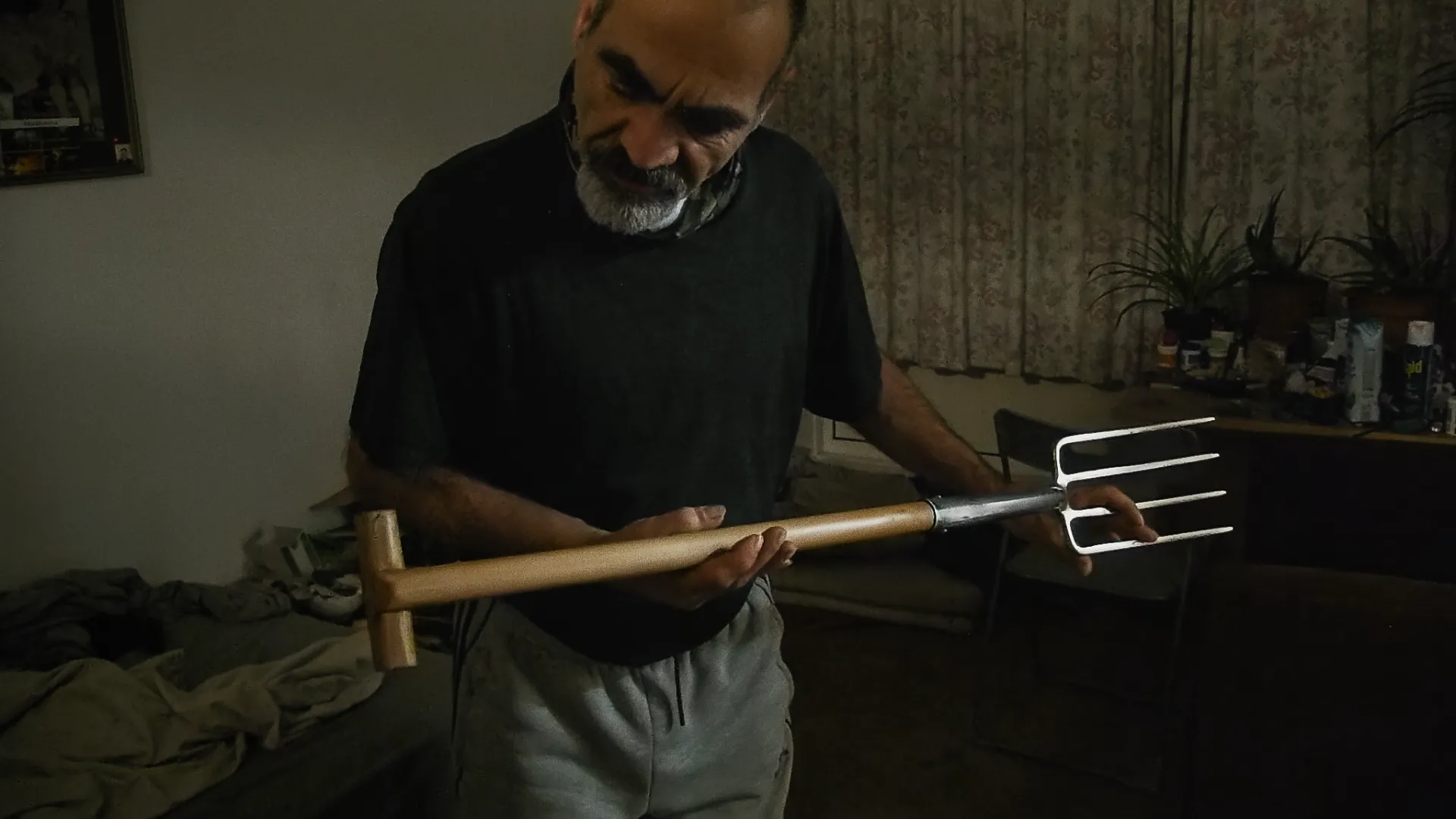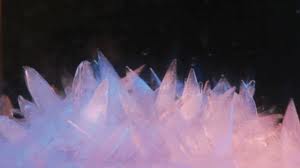Crystal World
Synopsis
Crystal World uses underwater puppets, mono ammonium phosphate, prisms and time-lapse photography to crystallize fragments of Charles Laughton’s The Night of the Hunter.
Details
- Year
- 2012
- Type of project
- Shorts
- Running time
- 11 mins 53 secs
- Format
- HD video
- Director
-
Pia Borg
- Producer
- Pia Borg
- Co-Producer
- Edward Lawrenson
- Editor
- Pia Borg
- Screenwriter
- Pia Borg
- Director of Photography
- Pia Borg
- Production Designer
- Pia Borg, Amelia Borg, Stephanie Singer
- Sound
- Joel Stern
- Composer
- Joel Stern
Categories
Production Status
Production Company
Pia Borg
Page updates
This page was last updated on 12th May 2025. Please let us know if we need to make any amendments or request edit access by clicking below.
See also
You may also be interested in other relevant projects in the database.
 Silica
Silica
Director: Pia Borg
Year: 2017
An unseen location scout explores an opal mining town in South Australia in this sci-fi-laced essay film, which finds in this semi-deserted region both the traces of indigenous culture and remnants of cinema history.
 Palimpsest
Palimpsest
Director: Pia Borg
Year: 2008
A narrative compression of time, place and persons that captures the 'spirit' of a building 300 years old.
 All These Summers
All These Summers
Director: Therese Henningsen
Year: 2025
Driven by a recurring urge to encounter strangers with her camera, the filmmaker begins to film her solitary Greek Cypriot neighbour Pete in the tower block in London where they both live. Around the same time, her father in Denmark receives a cancer diagnosis requiring her to spend more time with him. As her father gradually slips back into the depression that made him absent when she was a teenager, she feels a need to document this transition. Her compulsion to enter into Pete’s life and to film him echoes with her desire for understanding her father’s experience of isolation and loneliness, as well as her own relationship to it. ALL THESE SUMMERS asks questions about responsibility in life and in film whilst intimately confronting the complexities of the daughter-father and filmmaker-subject relationship. Official Selection CPH DOX 2025
